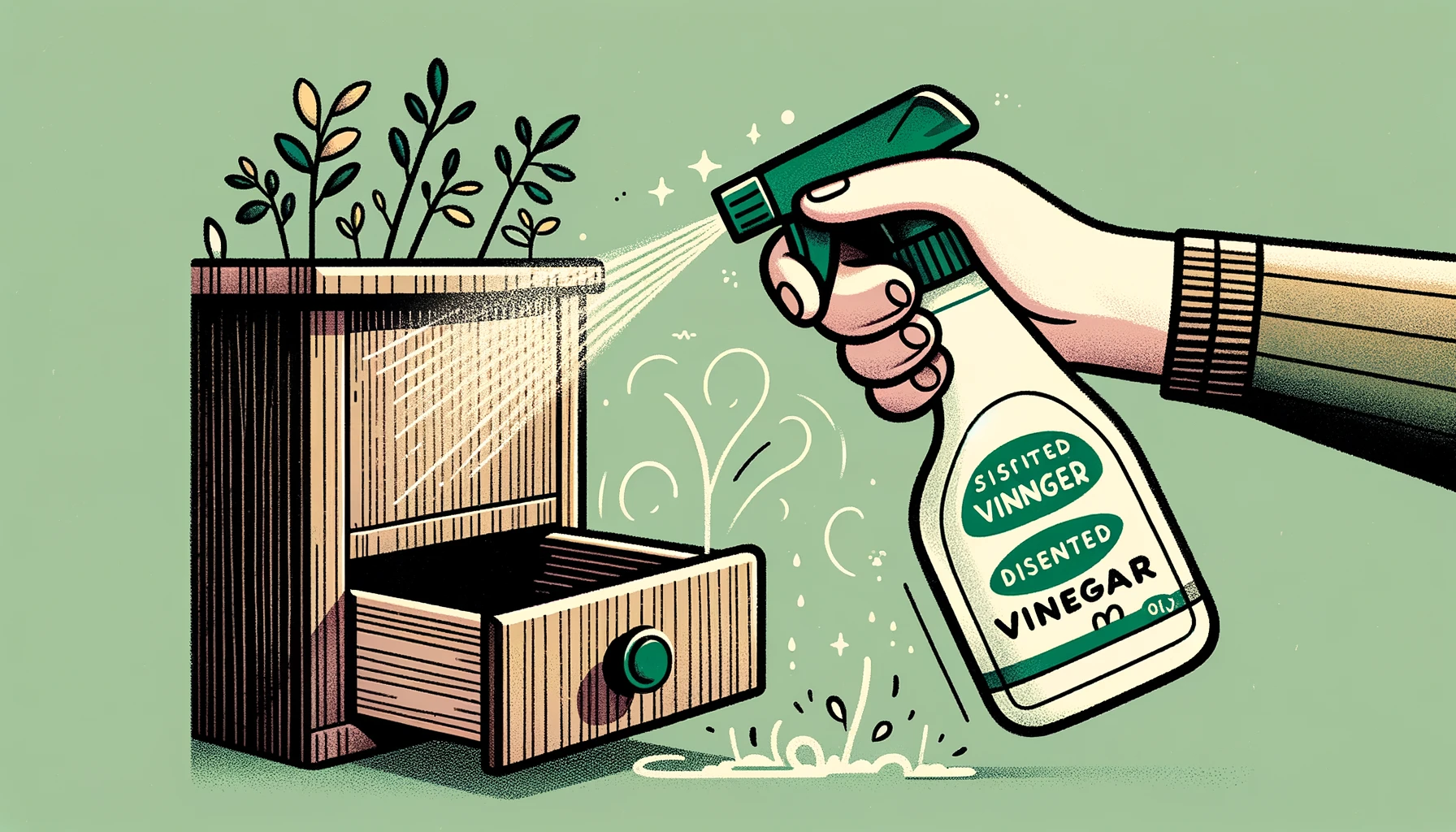About Us
Contact Us
Advertise With Us
Disclaimer
Privacy Policy
Terms & Conditions
Copyright © 2024 - BoldDiscussions.com

Battle Against Mold: Your Wooden Surfaces Can Thank You Later
Discovering mold on your beloved wooden pieces can feel like finding out there’s a party happening in your house that you didn’t get invited to. Mold loves wood as much as you do, but for all the wrong reasons. Before you panic, let's arm you with the tools and know-how to kick those uninvited guests out.
Good news! If your moldy area is more like a tiny dance floor (less than ten square feet) and the guests aren’t the toxic black mold types, you can be your own mold-busting hero. Wait too long, though, and that small gathering can turn into a full-blown festival.
Encountering black mold? This is where you call the pros. It’s like mistaking a wolf for a puppy – better not take your chances.
Dealing with mold is like going into a paintball fight – you need the right gear. Goggles, a mask, and gloves are your best friends here.
Grab a vacuum with a HEPA filter to catch those loose mold spores trying to escape. Vacuum the area, then, acting like you're disposing of top-secret documents, seal the vacuum's contents in a plastic bag and take it outside.
Mild Case? Dish Soap to the Rescue:
A bit of dish soap in water is often all it takes to break up that mold party.
Still There? Vinegar is Your Sidekick:
Vinegar, besides making great salad dressing, can also tell mold to hit the road.
The Stubborn Types: Enter Borax:
If mold’s still hanging around, borax – a safer alternative to bleach – is your go-to.
Note: Bleach is a no-go for wood. It might look like it's working, but it’s just a temporary fix.
If you’ve still got some mold acting like it owns the place, it’s time to get physical with sandpaper.
Mold might think it's found its forever home on your wood, but with these steps, you’ll show it the door in no time. Remember, acting fast is key, but knowing when to call in the professionals is just as crucial. Now, roll up your sleeves and reclaim your wood – it’s counting on you!
Disclaimer.
This article provides information only and should not be construed as advice. It is provided without warranty of any kind. Also please note that content on this platform may be subject to copyrighted material. If you believe we have used your content in any way then please get in touch with us. We will take down your content immediately.
Share This Post
BOLDDISCUSSIONS
We Produce Content That informs, Educates And Entertains People Around The World to stay updated on every topic with confidence.
Copyright © 2024 – BoldDiscussions.com

